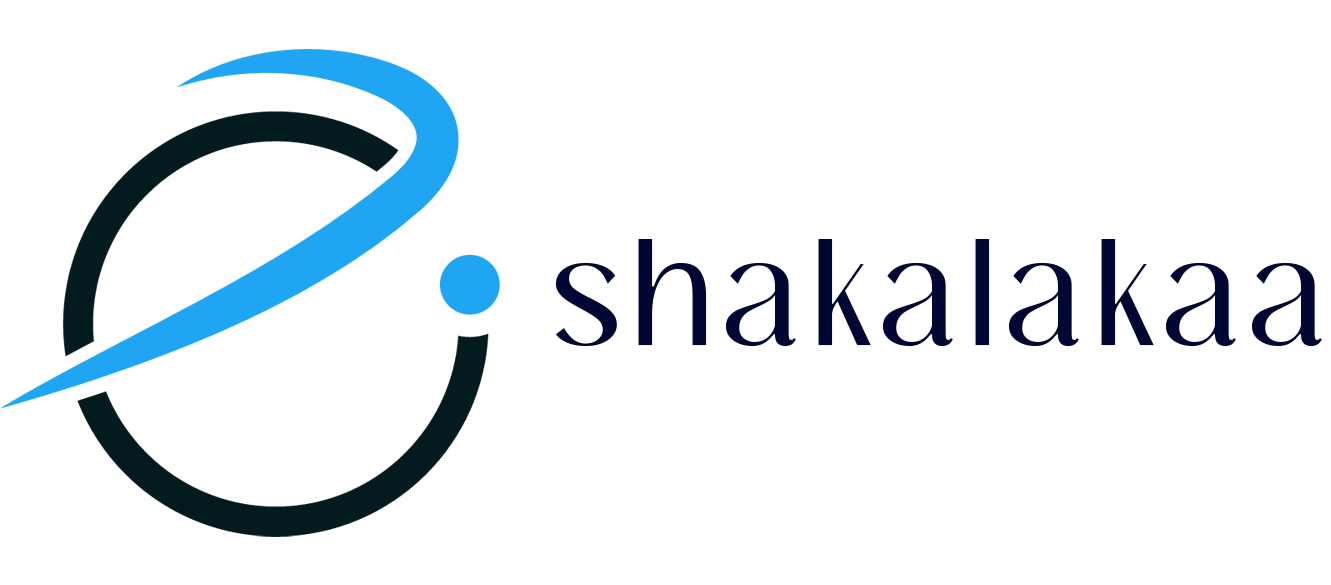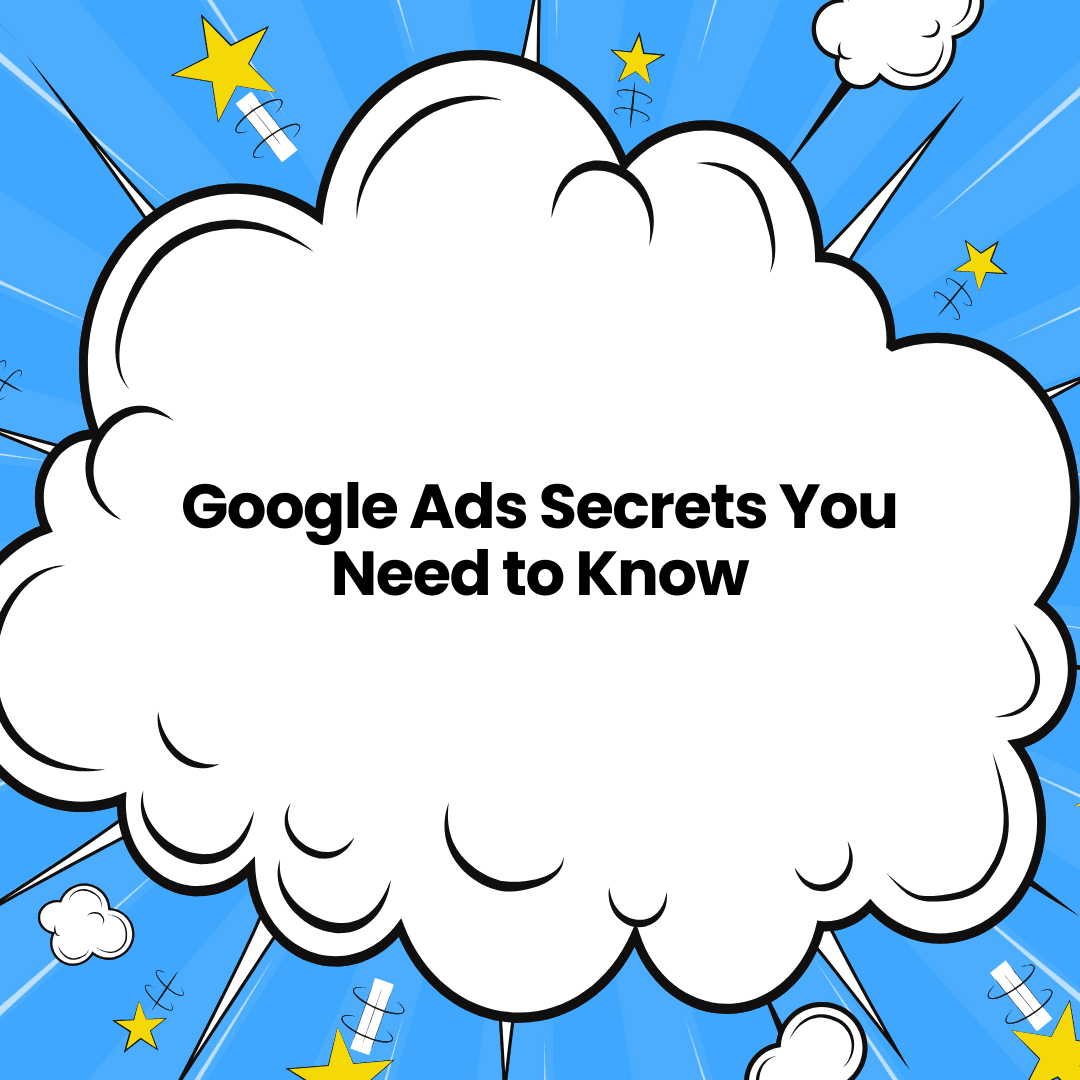Google Ads is a powerful tool for driving traffic and sales, but many marketers don’t realize that experts have a few secrets they keep to themselves. In this article, we’ll uncover these hidden strategies, ensuring that you get the most out of your ad spend.

The Power of Long-Tail Keywords
First and foremost, one of the best-kept secrets of Google Ads is the power of long-tail keywords. While most advertisers target high-traffic keywords, they often overlook longer, more specific phrases. These keywords not only have lower competition but also attract highly targeted users who are more likely to convert.
For example, instead of bidding on “running shoes,” consider using “best lightweight running shoes for beginners.” As a result, you’ll face less competition and get a better return on investment (ROI).
Negative Keywords Can Save You Money
In addition to targeting the right keywords, it’s equally important to exclude the wrong ones. Negative keywords prevent your ads from appearing in irrelevant searches, ultimately saving you money.
For instance, if you sell luxury watches, you might want to add “cheap” or “affordable” as negative keywords. Consequently, you’ll avoid clicks from users who aren’t your target audience.
Ad Scheduling for Maximum ROI
Another secret that many advertisers overlook is ad scheduling. Instead of running your ads 24/7, analyze when your audience is most active and schedule your ads accordingly.
By doing so, you can allocate your budget more efficiently and increase your conversion rate. For example, if your target audience is professionals, your ads might perform best during lunch breaks or after work hours.
The Hidden Potential of Remarketing
Moreover, many businesses fail to leverage remarketing, which allows you to target users who have already visited your website. Since these users are already interested in your products or services, they are more likely to convert.
To make the most of this strategy, consider creating personalized ads that address their previous interactions with your site. As a result, you can gently nudge them toward making a purchase.
Quality Score is More Important Than You Think
On top of that, your ad’s Quality Score plays a crucial role in determining your cost per click (CPC) and ad ranking. Google rewards advertisers who provide relevant ads and landing pages with a higher Quality Score, which can lower your costs significantly.
Therefore, always ensure that your ad copy, keywords, and landing pages are aligned to improve your score and reduce your ad spend.
A/B Testing is the Key to Success
Furthermore, never rely on a single ad variation. Instead, continuously test different headlines, descriptions, and images to see what resonates most with your audience.
By implementing A/B testing, you can identify what works best and optimize your ads for better performance. Ultimately, this approach leads to higher engagement and more conversions.
Landing Page Optimization is a Game-Changer
Finally, even if your ad is perfect, it won’t matter if your landing page doesn’t convert. A well-optimized landing page should load quickly, have a clear call to action, and provide relevant information that matches the ad.
For this reason, always test different layouts, headlines, and call-to-action buttons to ensure your landing page is performing at its best.
Conclusion
In conclusion, succeeding with Google Ads requires more than just setting up a campaign and letting it run. By applying these hidden strategies—such as using long-tail keywords, leveraging remarketing, and optimizing your Quality Score—you can maximize your ROI and outperform your competition.
Feel free to contact us for a free consultation.

